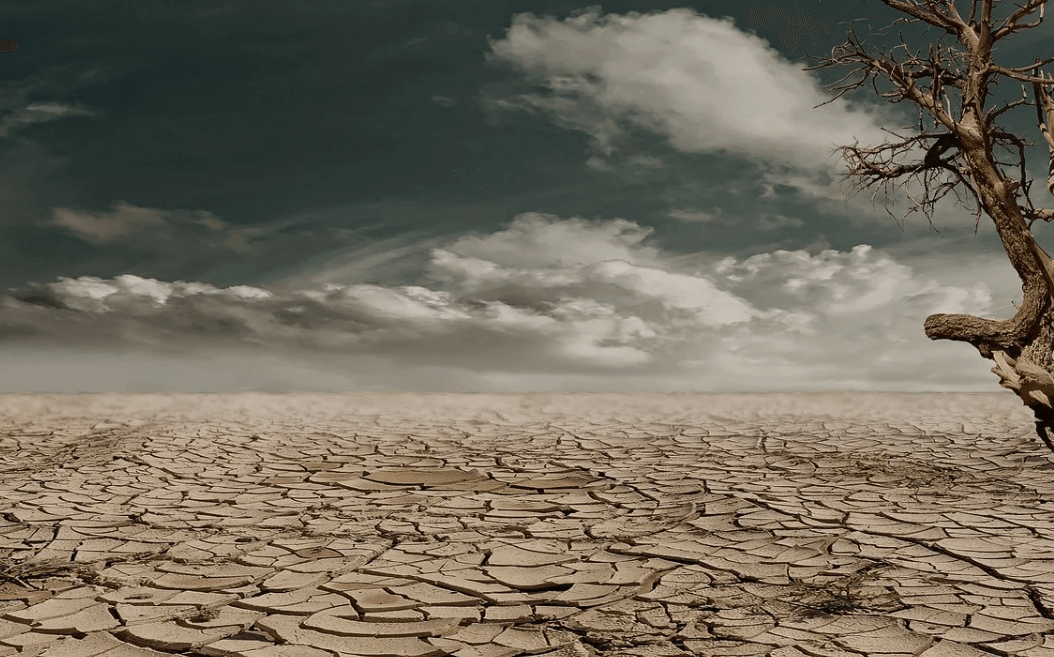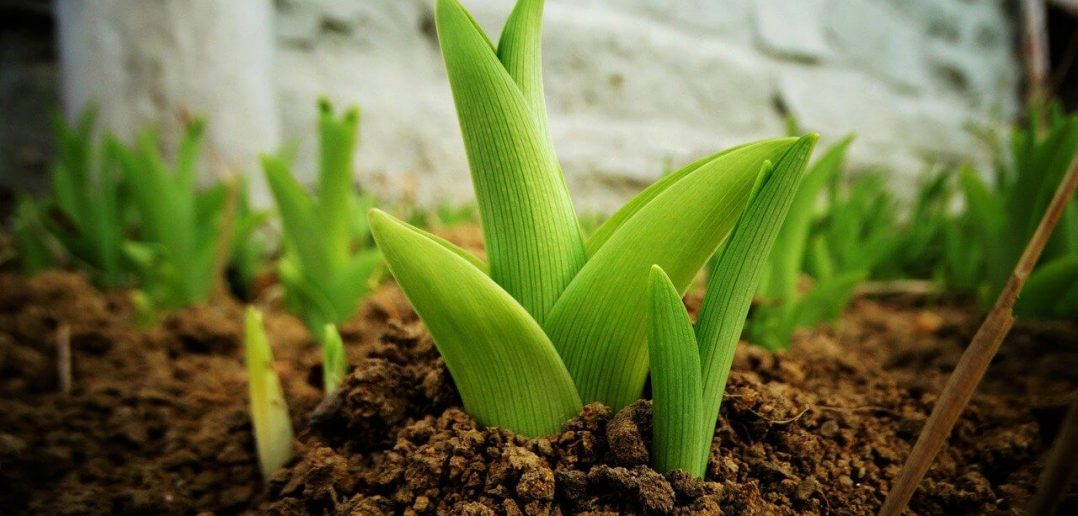The soil is what covers the earth’s surface and sustains the plant life, which is the great energetic motor of nature, since in its interior it harbors nutrients and water.
It is also a physical support for the establishment of human and animal communities. The soils are formed by the slow disintegration of the rocks, which is produced by a sum of factors, among them the movements of tectonic plates, the alternation of temperatures, the runoff due to rain, the winds, the activity of the micro and mesofauna, etc. Next, the main characteristics of the soil.

Characteristics Of Soil
1. Inorganic and organic components
The inorganic material is constituted fundamentally by minerals, such as silicates, oxides, micas, limestones or salts. Organic matter comes from the decomposition of plant and animal remains.
2. Particles of different size and characteristics
The soil usually contains particles of different sizes, from as small as those of clay, which measure less than 0.002 mm, to those of coarse sand, whose diameter can reach 2 mm. This gives you very special properties.
3. Harbor nutrients
Thanks to the presence of nutrients such as nitrogen, phosphorus, sulfur, iron and magnesium, among others, it is possible that in fertile soils grow a great diversity of species, many of which represent a source of food for man.

4. Accumulate water
Due to its heterogeneous nature and the presence of porous space, the soil can retain a considerable amount of water as a “natural sponge”. Some soils have strata where water ‘remains in saturation, there is talk of aquifers or water tables in those cases.
5. Relevant physical-chemical properties
In addition to water and nutrients, soils are characterized by certain attributes that are very important in terms of their productive capacity; among them we can mention the structure (in clods, blocks, columns), the pH, the presence of salts, the abundance of organic matter.
6. Soil pollution
Soils may be the final or transient destination of pollutants from mining activity or from different industries. They can also receive contamination from spills on the coasts.
Soils that are contaminated with heavy metals such as arsenic, for example, become highly hazardous as growing areas, since these contaminants can pass to the harvested food.
7. They deteriorate due to poor handling
In addition to climatic phenomena, agronomic practices affect the quality of soils; continuous tillage, excessive fertilization or grazing with very high animal load, for example, can lead to erosion or desertification processes.

8. Can act as a reservoir of pathogens
There are many living beings that can live on the ground, including macroscopic and microscopic beings that can cause diseases in humans, animals and plants. Many bacteria and fungi can survive in the soil (because they have forms of resistance) for years.
9. Changes
As soil-forming factors operate slowly but steadily, from a long-term perspective the soil changes, so that it can become more fertile (if there is moderate decomposition of organic waste or solubilization of phosphates, for example), or it can be less fertile (for example, if there is excessive rainfall and a lot of nitrate leaching).

10. Various classifications
Soils are classified according to very different criteria, and different countries sometimes adopt their own classifications. The most widespread classification is today the Soil Taxonomy of the USDA (United States Department of Agriculture), this is an objective classification that is based on the concept of “diagnostic horizon” (horizons are the horizontal layers that make up soils) and recognizes 12 orders, each of them with lower levels of hierarchy (from suborders to series). Classifications based on the capacity of land use, associated with the limitations that each soil can present, are also widespread.
